We always long for the forbidden things, and desire what is denied us. - Francois Rabelais
My life has been a hectic mess lately, running back and forth to Brussels, back and forth to Paris, and in between struggling with the daily load of work and chores at the hotel. I have been preparing two new posts, soups that are perfect for this autumn weather we are now enjoying, but haven’t been quite able to finish either of them.
So I decided to share a few cake recipes here, favorites of mine, each very French, and each terribly worth making.
This, my dear readers, this is for you, to thank you for your ongoing support and inspiration. Please never hesitate to leave a comment, give me feedback and share your opinions as well as your own stories. In fact, I urge you to. It helps me create the content you want and helps build our community.
Note: A fondant is a French cake that "melts" in the mouth. It has an indescribable, dense yet light, incredibly moist texture, with an intense flavor. Here are 3 of my absolute favorites, each with a different texture, each astonishing, sophisticated enough for special occasions, yet perfect everyday. Each of these cakes combines chocolate with chestnut, either chestnut flour or sweetened chestnut cream, every bit worth the purchase.
Fondant au Chocolat
The secret to this wildly perfect cake is to allow it the time to set, if not, the center seems undercooked. Set, and this meltingly smooth fondant is like a dense and decadent chocolate truffle yet surprisingly light. It’s not too sweet and not too chocolatey, so while it would make a fabulous dessert accompanied by lightly sweetened whipped cream, it’s also excellent on its own. Straight from the serving platter, which is how I ate it.
4 medium/large eggs, separated chilled and brought to room temperature
7 ounces (200 grams) dark chocolate - I use half 70% (semi-sweet) + half 85% (bittersweet)
12 tablespoons (180 grams) unsalted butter
¾ cup (150 grams) packed light or dark brown packing sugar
1 cup (110 grams) chestnut flour, lightly spooned into the cup to mound then leveled
1 teaspoon vanilla or 1 tablespoon Cognac
Unsweetened cocoa powder to dress
Separate the eggs: place the whites in a medium-sized plastic or metal bowl and set aside. Place the yolks in a large mixing bowl. (Eggs are easier to separate chilled but are better to work with at room temperature, so I separate eggs right out of the refrigerator about 20 minutes or so before I start the cake. You can add a few grains salt and a drop or 2 of lemon juice to the whites to help stabilize them.)
Preheat the oven to 350°F (180°C). Butter an 8-inch (20-cm) springform pan. You will need an electric hand mixer or a stand mixer.
Break the chocolate into chunks or pieces and place in a saucepan. Add the butter. Melt the two together over very low heat, stirring with a spatula or wooden spoon to keep it from burning. When it is almost (but not quite) completely melted, remove from the heat and continue to stir until the chocolate and the butter are completely melted. Set aside to cool a bit.
Using very clean beaters, begin beating the whites on low speed for 30 seconds then gradually increase the speed to high. Continue beating the whites until very thick and stiff peaks hold. Tap the whites off the beaters (you don’t have to wash them).
Begin beating the yolks on low to medium speed and add the brown sugar in about 3 additions, adding each as the previous is beaten in - this just keeps the sugar from splattering out of the bowl. Beat the yolks and sugar on medium-high speed, scraping down the sides of the bowl as needed, until thick and creamy. The mixture should be about doubled in size.
Beat in the vanilla or Cognac.
Continue beating the yolks on medium while you gradually add the melted chocolate/butter mixture. As you beat, the mixture will get very thick. Scrape down the sides of the bowl as needed.
Using a spatula (I use a silicone “spoon” spatula with a slightly curved head or blade), fold in the chestnut flour in 3 additions, scraping up from the bottom of the bowl and moving to scrape down the sides of the bowl as you turn. This takes a bit of elbow grease as the batter will become very thick, almost like a soft dough. Continue folding in until all the flour is added and no specks of flour remain. The mixture should be thick, really smooth, and completely dark with no bits of flour at all.

Using the same spatula, fold the egg whites into the chocolate mixture a third (⅓) at a time; the batter will loosen and become creamier as the whites are folded in. The whites do not have to be completely folded in after the first two additions when you add the next batch of whites but once the last third of whites are added, fold, scraping up the bottom of the bowl and scraping the sides of the bowl as you work, you want to fold until there are no more whites visible. The batter should be thick and creamy.
Pour the batter into the buttered pan, spreading it to the edges and to even the top. Bake in the preheated oven for 30 minutes; the top should no longer be shiny, the edges should be baked and the center should be just set (press the center gently with your fingertips) but feel creamy under the crust.
Remove from the oven and set the pan on a rack to cool. Using the blade of a sharp knife, carefully slide the blade around the cake between the cake and the pan to loosen/free the edges of the cake from the side of the pan. After the cake has cooled for 5 minutes or so, carefully loosen the outer ring of the springform pan making sure the cake isn’t stuck to the pan anywhere; lift the ring off of the cake. At this point, you can loosen the cake from the bottom of the pan; I use a very long-bladed, very sharp knife, slowly slipping the blade between the cake and the pan bottom and slowly moving it around, keeping the tip of the blade pressed down onto the pan, until the entire cake is “unstuck” from the bottom. When the cake is cooled, carefully slip the cake off onto a serving dish again using the blade of the knife, if needed.
Now’s the hard part: allow the cake to set overnight at room temperature.
To serve, dust with unsweetened cocoa powder. This will be excellent with very lightly sweetened whipped cream but honestly it’s just perfect on its own.
Chestnut Fondant Bundt with Chocolate Ganache Drizzle
This cake is made with chestnut flour which gives it an unusual, nutty, earthy flavor. The cake is not too sweet which makes the dark chocolate ganache the perfect complement. While it looks cakier than the other two chocolate cakes, it is every bit a fondant, dense yet delicate and super moist. I’m absolutely crazy about this cake.
This recipe is for a 9” (23 cm) Bundt pan but it can be made into individual bundlets or cupcakes, as well.
***recommendation: If you have a digital kitchen scale, set it for grams and use it for this recipe.
Cake:
4 large eggs, separated
14 tablespoons (7 ounces /200 grams) unsalted butter, melted then cooled
1 ⅓ cups + 2 teaspoons (5.3 ounces/150 grams) chestnut flour
5 level tablespoons + 1 level teaspoon (1.8 ounces /50 grams) cake flour
1 cup + 1 ½ tablespoons (7.7 ounces /220 grams) sugar
¼ teaspoon salt
⅞ cup (200 ml) milk
Butter for greasing the tins - I use the dregs of melted butter left in the pot from the recipe.
Chocolate Ganache:
2.8 ounces (80 grams) bittersweet or semisweet chocolate, chopped
Scant ½ cup (100 ml) heavy cream
Preheat the oven to 350°F (180°C). Generously butter a small 9-inch (23 cm) Bundt pan or similar (I use the melted butter left in the saucepan after pouring the melted butter into the cake batter, brushing the butter in the pan with a pastry brush).
Separate the eggs, putting the yolks in a small bowl and the whites in a clean, medium-sized bowl, preferably plastic. You can add a couple of drops of lemon juice and a few grains of salt to the whites to help stabilize them.
Melt the butter in a small saucepan over very low heat, swirling the pan every couple of minutes, removing from the heat when the butter is almost but not quite melted. Stir off of the heat until the butter is completely melted. Put aside to cool while you prepare the rest of the batter.
Using very clean beaters, start beating the whites on low speed for 30 seconds then increase the speed to high and beat the whites until stiff peaks hold and the consistency is dense. Set the whites aside. Tap off the whites from the beaters - no need to wash them; you can now use them for the batter.
Sift or whisk the chestnut flour with the cake flour into a large mixing bowl then whisk in the sugar and the salt to combine.
Add the egg yolks to the dry ingredients and beat on low speed just to begin to incorporate into the dry. Continue beating while slowly pouring in the melted butter in a steady stream as you blend.
Add the milk and beat until everything is well blended and smooth.
Using a spatula, fold the beaten whites into the chestnut cake batter in thirds until the whites are completely blended in and no more white chunks or bits are visible. Do not overfold or you risk breaking the whites and losing the air/rise.
Carefully pour or spoon the batter into the prepared pan.
Bake the Bundt for 40 to 45 minutes until puffed, set, and just golden. Remove from the oven and allow to cool for about 10 minutes or so in the tin before carefully loosening the edges with a knife or flat metal spatula then unmolding the cake out onto a cooling rack to cool completely.
For about 24 mini Bundt cakes – or – 24 cupcakes, bake for about 20 minutes until puffed, set and just golden. Remove from the oven and allow to cool for about 5 minutes or so in the tins before carefully lifting or turning them out onto cooling racks to cool completely.
Prepare the ganache while the cake bakes or cools.
Place the chopped chocolate in a small heat-resistant or Pyrex bowl. Bring the heavy cream just to a boil in a small saucepan and then pour it over the chopped chocolate. Stir until the chocolate is completely melted and perfectly smooth. Leave to cool at room temperature, stirring occasionally, until it cools to a perfect drizzling consistency, smooth and loose enough to drizzle easily yet thick enough to stay on the cake and not run off and pool on the serving plate.
Chocolate Chestnut Fondant
This is truly a favorite of mine; it is in my e-cookbook as well as in my piece for Bake From Scratch magazine (Novermber/December 2022 issue). This is different than the Fondant au Chocolat because of the addition of Crème de Marrons; the eggs are added whole rather than beaten separately which creates a denser consistency.
7 ounces (200 grams) dark chocolate – I use half 70% (semisweet) + half 85% (bittersweet)
11 tablespoons (160 grams) butter – I used half unsalted + half salted butter for this recipe
3 large eggs
17.6 ounces (500 grams) Crème de Marrons (sweetened chestnut cream)
1 gently rounded tablespoon flour - can be replaced with chestnut flour
Preheat the oven to 350°F (180°C). Butter the bottom and sides of an 8 or 9-inch (20- or 22-cm) baking dish.
Break the chocolate into smallish chunks and place in a heatproof or Pyrex bowl with the butter. Melt in the microwave on high for about 1 ½ minutes. Remove from the oven and stir until the chocolate is completely melted and the mixture blended and smooth. Return to the microwave for quick zaps if needed. This can also be done over a pan of barely simmering water - bain-marie style. I always remove melting chocolate and butter from the heat, whether microwave or bain-marie, before one or the other (or both) are completely melted in order to avoid burning the chocolate or overheating; the heat of the mixture that is already melted will help melt the remaining chunks while beginning the cooling-down process.
Allow the butter and chocolate to cool to room temperature or at least tepid.
Place the eggs in a medium to large mixing bowl and whisk or beat well until blended. Whisk in the chestnut cream. Gradually pour in the butter/chocolate while continuing to whisk, being careful not to splatter. Whisk in the flour.
Pour into the buttered baking dish and bake for about 30 minutes, depending upon the size and shape of your baking dish as well as your oven. The fondant should be puffed, set in the center and cracking a bit. The surface will look matt, almost like the surface of brownies.
Remove from the oven and allow to cool to room temperature before serving.
This is a very rich dessert and is best served in thin slices. And those who wish will be free to request seconds!
For a truly elegant dessert, serve the Chocolate Chestnut Fondant with a crème anglaise or unsweetened or very lightly sweetened whipped cream.
Thank you for subscribing to Life’s a Feast by Jamie Schler. Please leave a comment; your opinions and feedback help me create the content you want and your stories help build our community. You can support my work by sharing the link to my Substack with your friends, family, and your social media followers. If you would like to see my other book projects in the making, read my other essays, and participate in the discussions, please upgrade to a paid subscription.



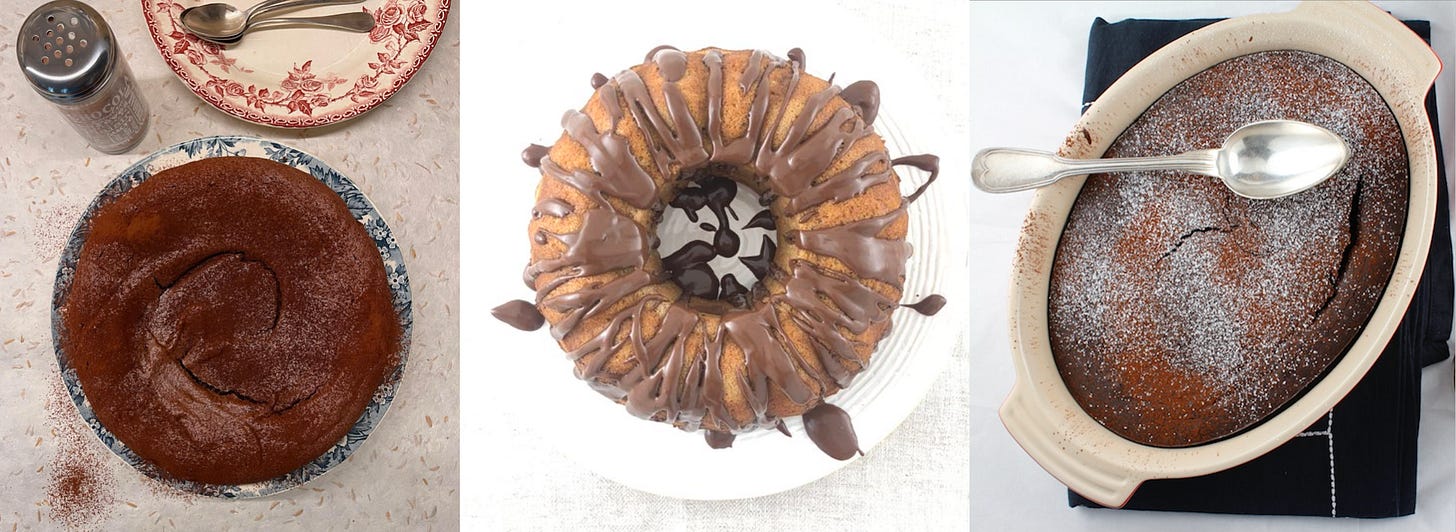
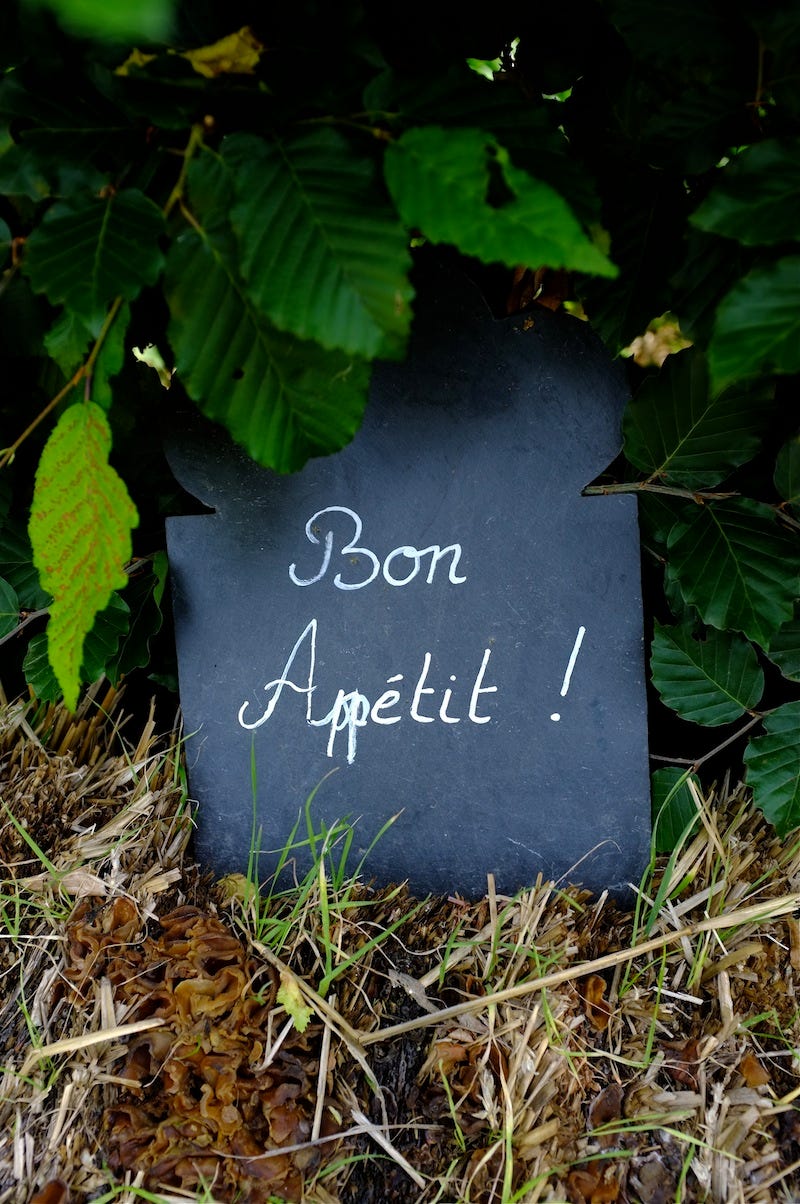
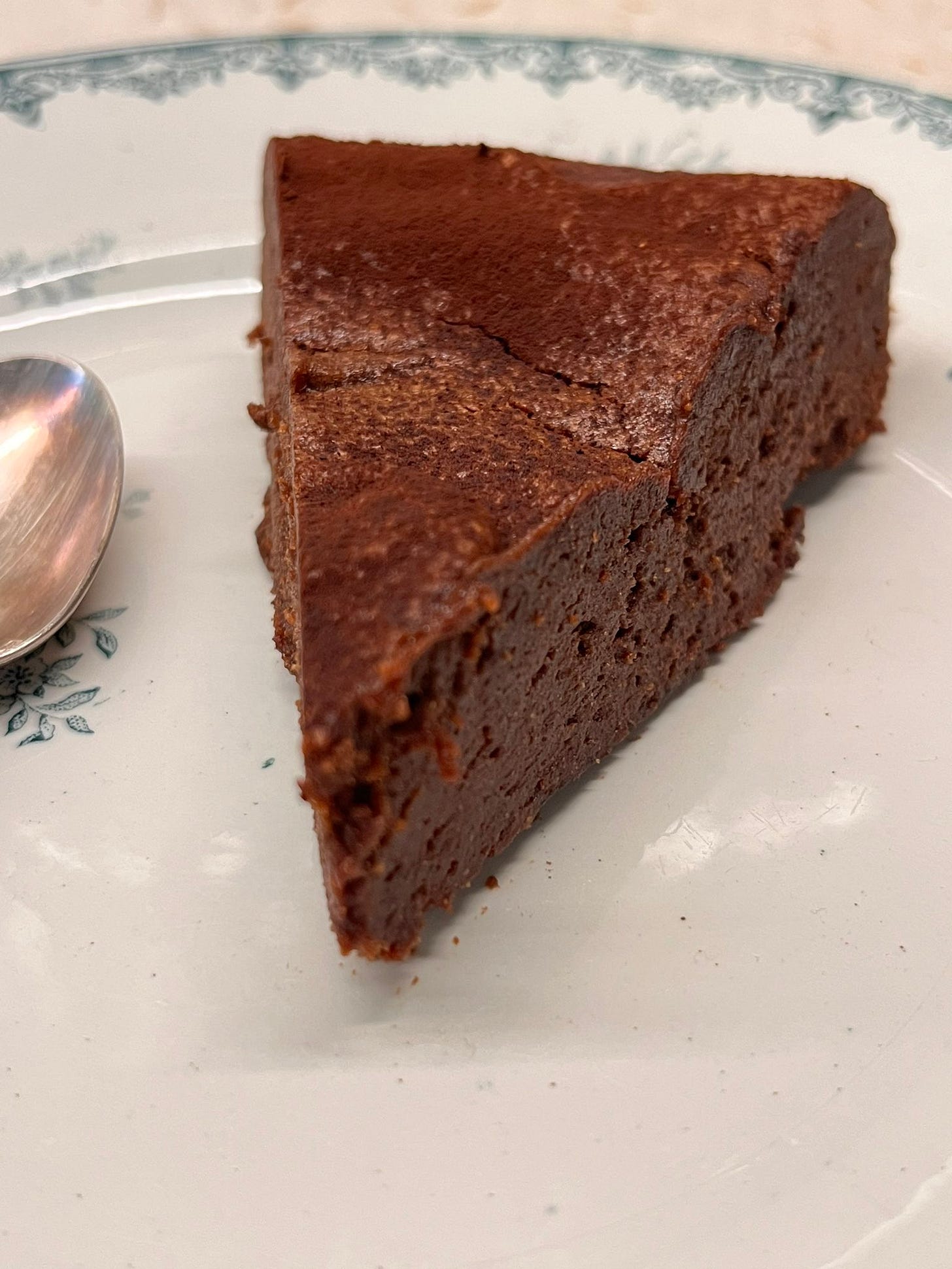



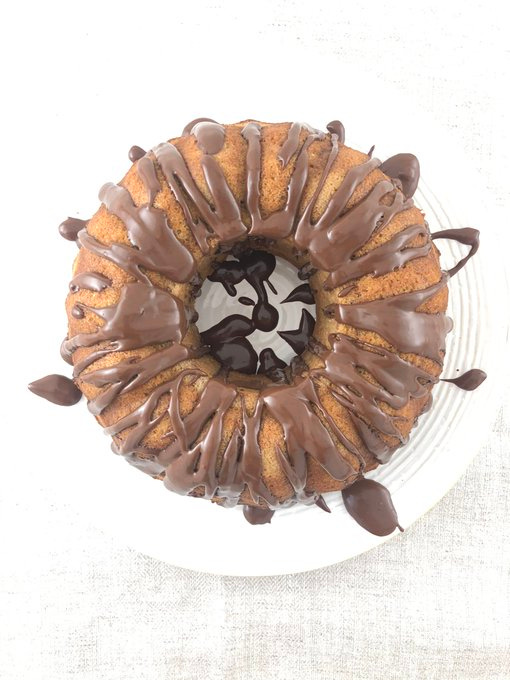
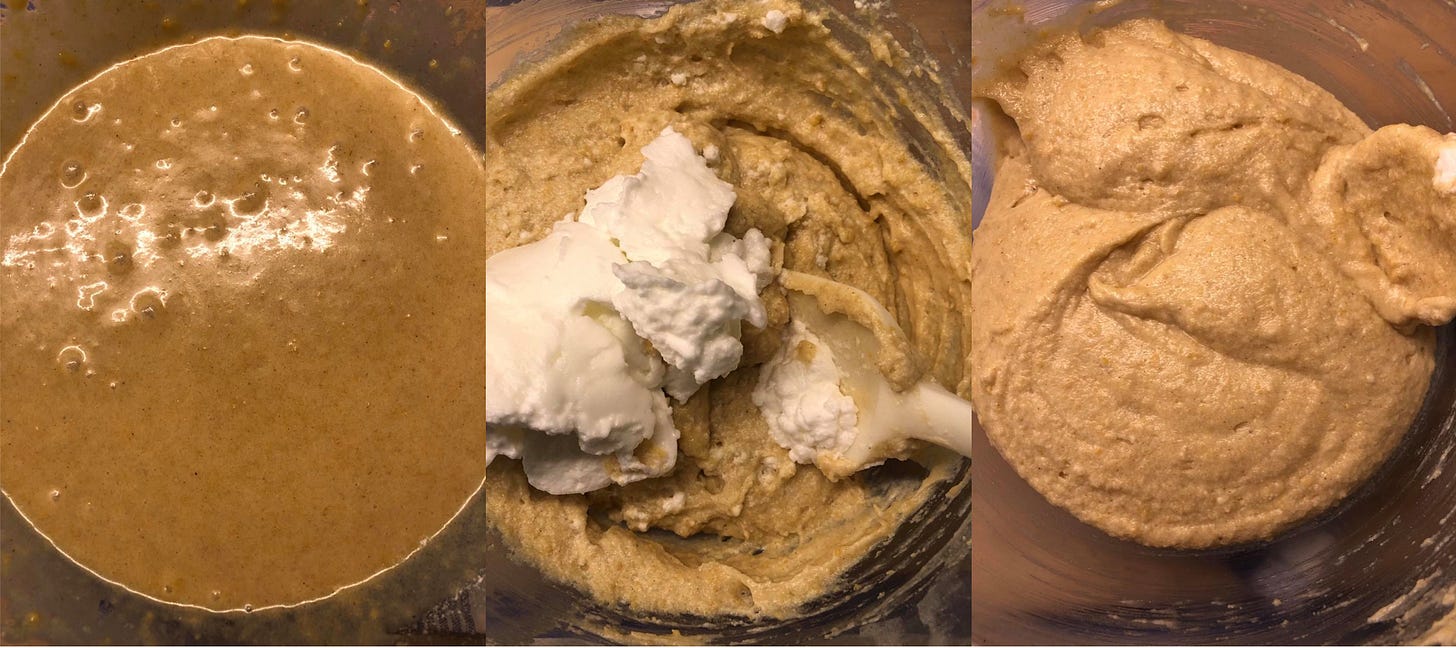


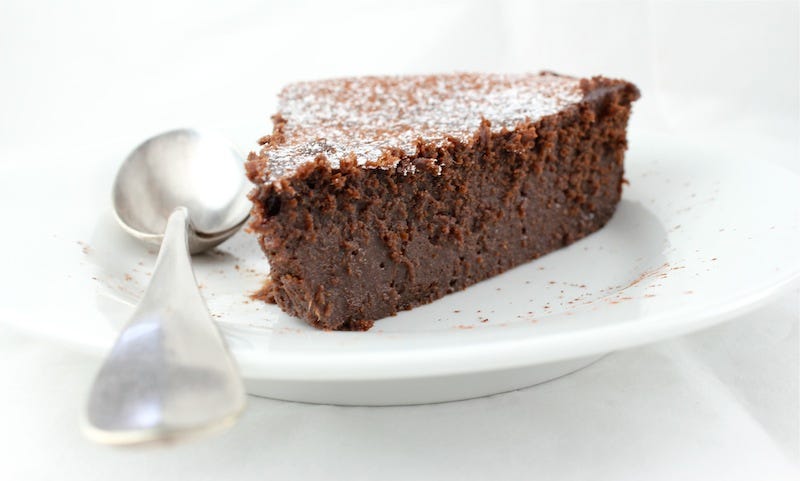
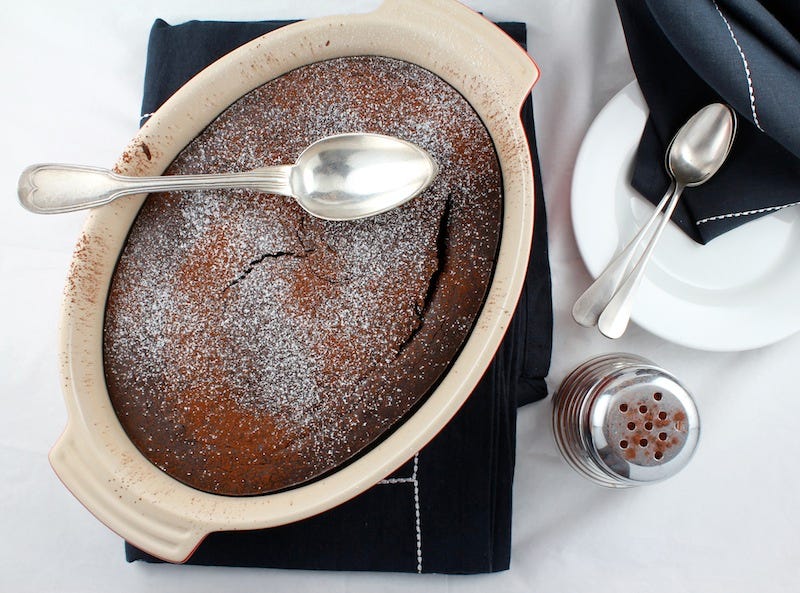
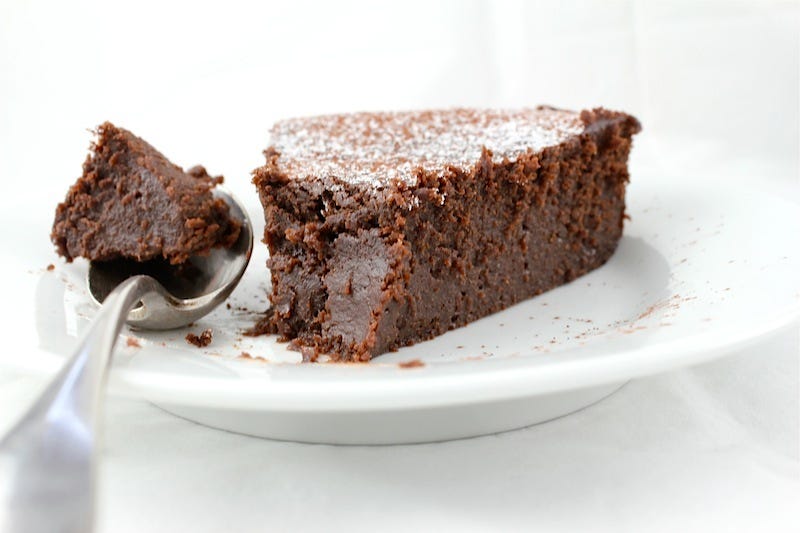
Just made the fondant au chocolat and am now uncomfortably waiting out the "let it set" period...
OMG! I just got around to reading this! What a gift--three chocolate chestnut cakes! Not sure I can choose between them. Seems like something very special to make for the holidays. Thank you, Jamie!